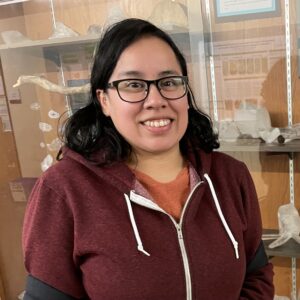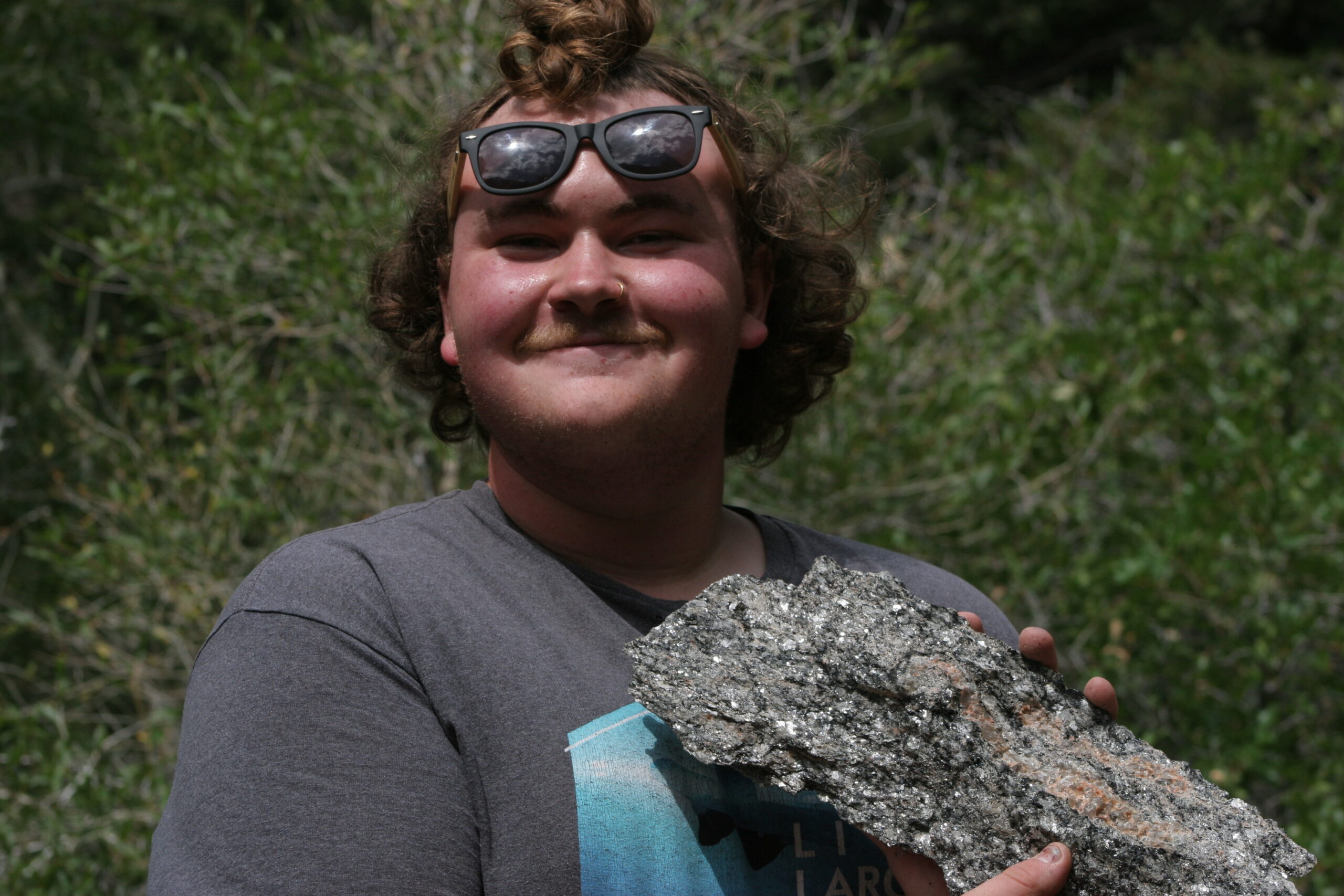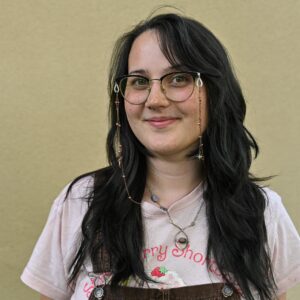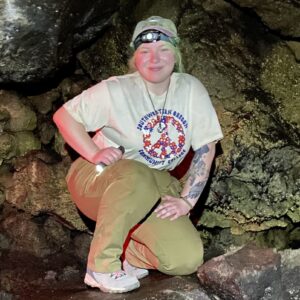
GEI Undergraduate Twinning Program
2024-2025 Students
About

As part of the Undergraduate Twinning Program, students produce a Short Contribution—a summary of the work they’ve done over the past year on their research project, no matter how far they’ve progressed in the research process. Each report highlights their scientific findings and personal growth as emerging researchers. These contributions are a reflection of their development in scientific writing and communication, and offer a glimpse into the diverse research being conducted by our students.
Read about the 2024–2025 Twinning Students—the first cohort of the Twinning Program—and explore their research journeys through the links below.


Daisy Briseno
Portland State University
Preliminary Characterization of the Multorpor Mountain Fault: Tectonic Implications for the Mount Hood Fault Zone, north-central Oregon

Mentors:
Ashley Streig, Portland State University, Washington Geological Survey
Scott Bennett, U.S. Geological Survey
Student Bio:
Daisy is a geology major and is working to continue her studies in geoscience research. She is passionate about education and seismology, her goal is to inform others about the dynamic Earth processes. Her interests outside of school include hiking, coffee, and finding the best vegetarian/vegan food.

Baylor Goroski
Fort Lewis College
The significance of blueschist metaconglomerates on rheology and metasomatism in the subduction interface from deposition to exhumation

Mentors:
Eirini Poulaki, Louisiana State University
Carolyn Tewksbury-Christle, Fort Lewis College
Student Bio:
Baylor is currently in the third year of his undergraduate studies in Geology at Fort Lewis College. He chose to pursue geology because of an introductory natural hazard course, but quickly he began to see just how much geology rocks! His interests include igneous and metamorphic petrology, mineralogy, crystallography, and structural geology. He enjoys skiing, hiking, learning new things, and spending quality time with his loved ones.

Lindsay Gross
San Jose State University
Numerical models of Cascadia earthquake scenarios constrained by energy budget analyses

Mentors:
Betsy Madden, San Jose State University
Amanda Thomas, University of Oregon
Student Bio:
Lindsay is currently a junior at San Jose State University studying Applied Mathematics. She wishes to continue her education in mathematical modeling in the sciences post-grad. In her free time she enjoys hiking, working out, reading, and hanging with her friends.

Samantha Koller
Pikes Peak State College
Constraining Slab-Edge Driven Mantle Flow in the Cascadia Subduction Zone

Mentors:
Margarete Jadamec, University of Buffalo
Maureen Long, Yale University
Student Bio:
Samantha is a geology student at Pikes Peak State College. Samantha is a first-generation college student hoping to pursue a career in research. Her goal is to one day study volcanoes. When she’s not busy studying or working, you can usually find Samantha crocheting a sweater or reading one of her favorite fantasy novels.

Itzel Noriega
University of Texas El Paso
Investigating Dynamic Triggering in Cascadia Volcanic Systems Using Seismic Network Data

Mentors:
Aaron Velasco, University of Texas El Paso
Diego Melgar, University of Oregon
Student Bio:
A geology major at the University of Texas at El Paso with a deep passion for fieldwork and full of adventure this desert girl born and raised in El Paso, Texas is thrilled to start their research journey with the CRESENT program. Dedicated to making a difference, Itzel is committed to community involvement and aims to inspire others to explore the wonders of STEM. Balancing academic ambition with a love for nature, Itzel is on a mission to drive positive change and create a lasting impact in both their community and the world.

Libby Tonn
University of Oregon
Building A 175-Year Record of Vertical Land Motion in the Coos Bay, Oregon, Area From Repeated Leveling, Tide Gauge Records, and INSAR to Characterize Cascadia Strain and Sea Level Rise

Mentors:
Ray Weldon, University of Oregon
Win McLaughlin, Southwestern Oregon Community College
Student Bio:
Libby, (she/they), is a third-year Geology student at the University of Oregon and is interested in studying coastal processes, hazard management, and historical geology. She hopes to help make science more accessible and relatable to the general public through her research with the GEI Twinning Program. Outside of school, Libby enjoys sewing, making art, photography, and exploring the outdoors.
